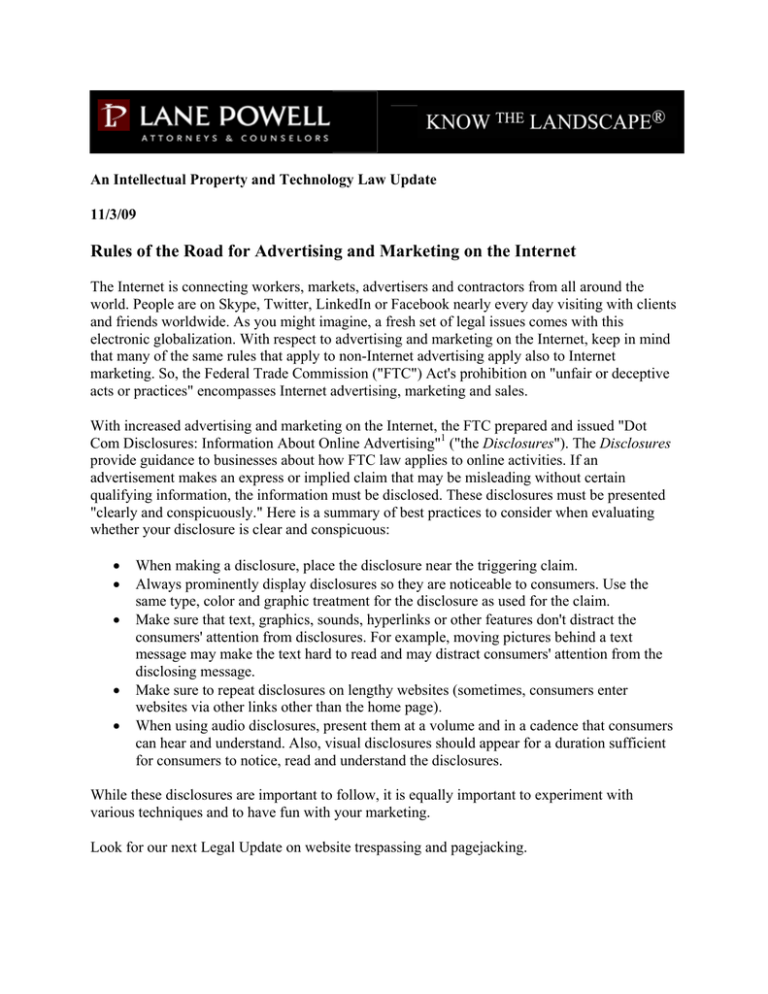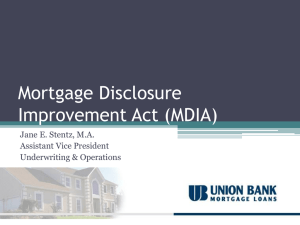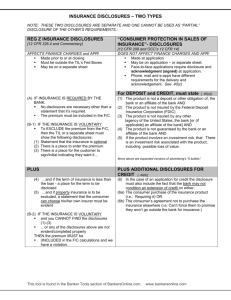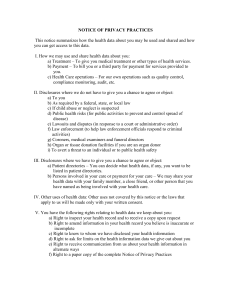Rules of the Road for Advertising and Marketing on the...
advertisement

An Intellectual Property and Technology Law Update 11/3/09 Rules of the Road for Advertising and Marketing on the Internet The Internet is connecting workers, markets, advertisers and contractors from all around the world. People are on Skype, Twitter, LinkedIn or Facebook nearly every day visiting with clients and friends worldwide. As you might imagine, a fresh set of legal issues comes with this electronic globalization. With respect to advertising and marketing on the Internet, keep in mind that many of the same rules that apply to non-Internet advertising apply also to Internet marketing. So, the Federal Trade Commission ("FTC") Act's prohibition on "unfair or deceptive acts or practices" encompasses Internet advertising, marketing and sales. With increased advertising and marketing on the Internet, the FTC prepared and issued "Dot Com Disclosures: Information About Online Advertising"1 ("the Disclosures"). The Disclosures provide guidance to businesses about how FTC law applies to online activities. If an advertisement makes an express or implied claim that may be misleading without certain qualifying information, the information must be disclosed. These disclosures must be presented "clearly and conspicuously." Here is a summary of best practices to consider when evaluating whether your disclosure is clear and conspicuous: • • • • • When making a disclosure, place the disclosure near the triggering claim. Always prominently display disclosures so they are noticeable to consumers. Use the same type, color and graphic treatment for the disclosure as used for the claim. Make sure that text, graphics, sounds, hyperlinks or other features don't distract the consumers' attention from disclosures. For example, moving pictures behind a text message may make the text hard to read and may distract consumers' attention from the disclosing message. Make sure to repeat disclosures on lengthy websites (sometimes, consumers enter websites via other links other than the home page). When using audio disclosures, present them at a volume and in a cadence that consumers can hear and understand. Also, visual disclosures should appear for a duration sufficient for consumers to notice, read and understand the disclosures. While these disclosures are important to follow, it is equally important to experiment with various techniques and to have fun with your marketing. Look for our next Legal Update on website trespassing and pagejacking. 1 Dot Com Disclosures: Information About Online Advertising, Federal Trade Commission. See http://www.ftc.gov/bcp/edu/pubs/business/ecommerce/bus41.pdf. For more information, please contact the Intellectual Property and Technology Group at: 206.223.7000 Seattle 503.778.2100 Portland IPGroup@LanePowell.com www.lanepowell.com We provide the Intellectual Property and technology Hotsheet as a service to our clients, colleagues and friends. It is intended to be a source of general information, not an opinion or legal advice on any specific situation, and does not create an attorney-client relationship with our readers. If you would like more information regarding whether we may assist you in any particular matter, please contact one of our lawyers, using care not to provide us any confidential information until we have notified you in writing that there are no conflicts of interest and that we have agreed to represent you on the specific matter that is the subject of your inquiry. Copyright © 2009 Lane Powell PC www.lanepowell.com Seattle - Portland - Anchorage - Olympia - Tacoma - London 2



